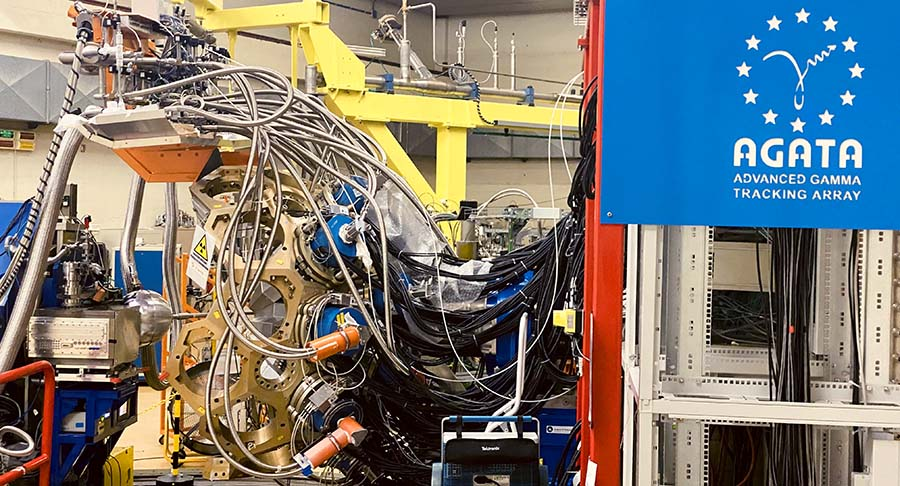Orateur
Description
This presentation explores results from two experiments, EXP_017 (23.015) and EXP_022 (22.096), focussing on high-spin states in $^{136,137}$Nd and octupole deformation in uranium isotopes, respectively.
In EXP_017, the investigation centered on the decays out of highly deformed rotational bands in $^{136}$Nd and $^{137}$Nd. These bands challenge existing nuclear structure theories by persisting in high-energy regions where damping is typically expected. The experiment aimed to utilise the AGATA detector array coupled to the EUCLIDES ancillary device to perform high-statistics measurements, enabling the identification of low-lying states and the determination of spin and parity. Despite challenges with efficiency and background, preliminary results suggest future promise at running this type of experiment with AGATA.
EXP_022 aimed to study octupole deformation in $^{226}$U and $^{228}$U isotopes, which are predicted to exhibit "pear-shaped" structures. The experiment used the AGATA, PRISMA, and DANTE detector arrays to study these isotopes through multinucleon transfer reactions induced by a $^{129}$Xe beam on a $^{232}$Th target. Analysis of the experiment is ongoing and preliminary results are to be presented.

